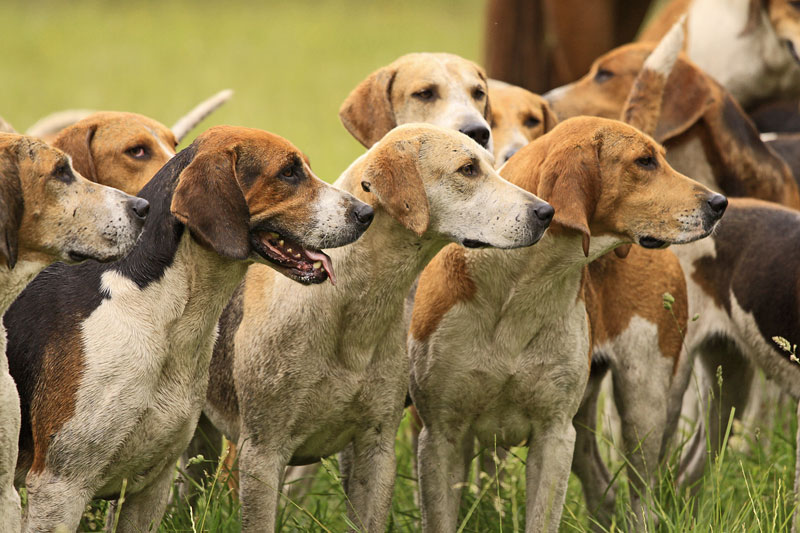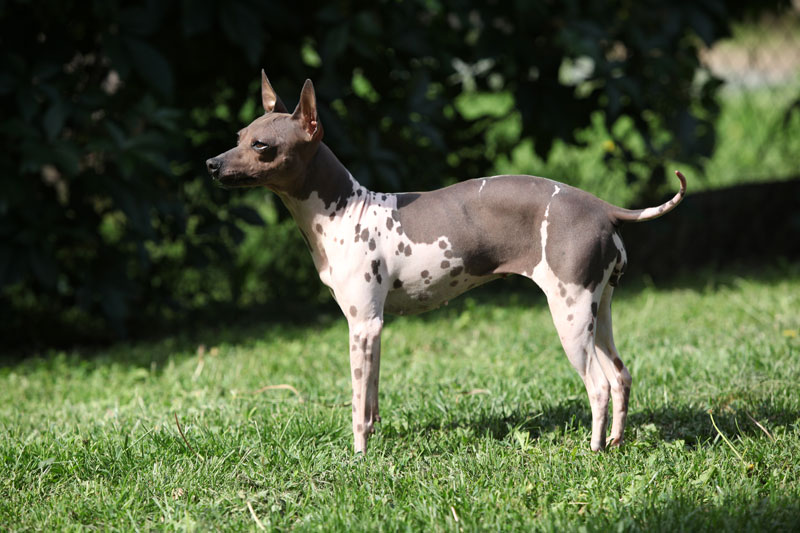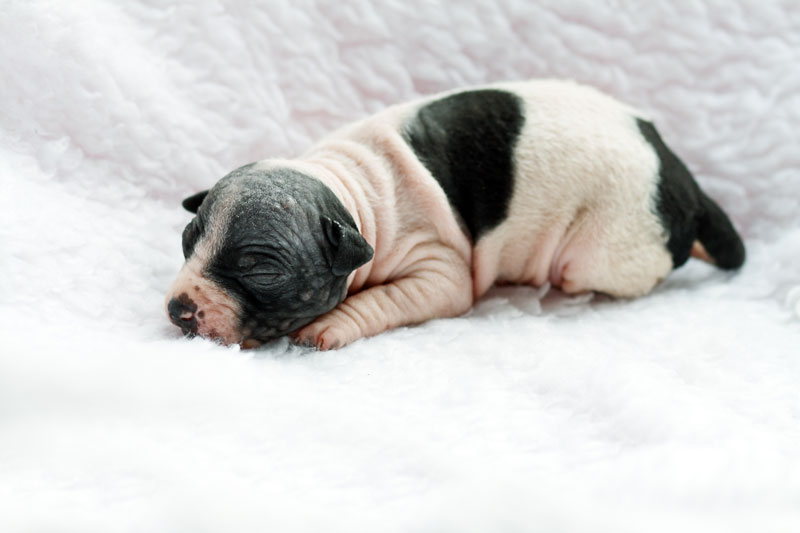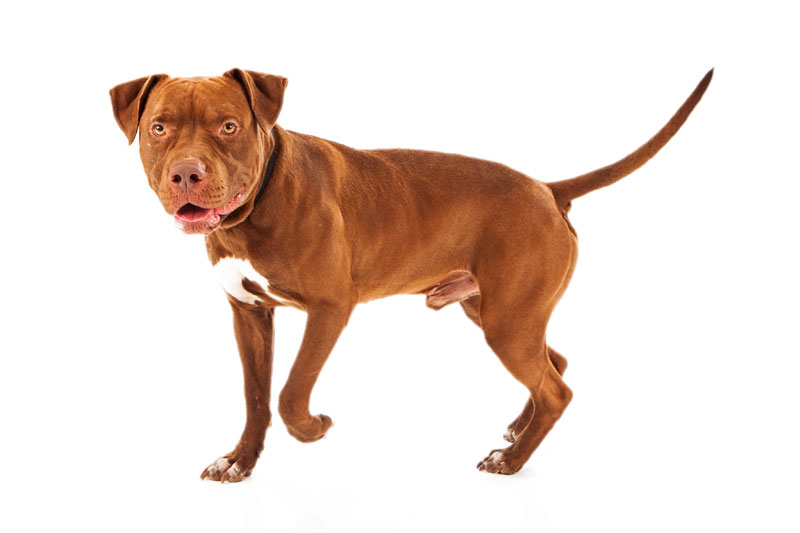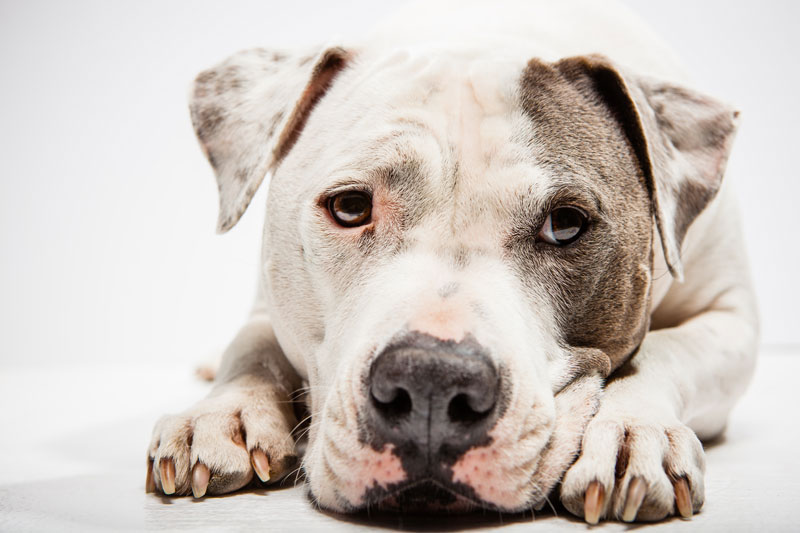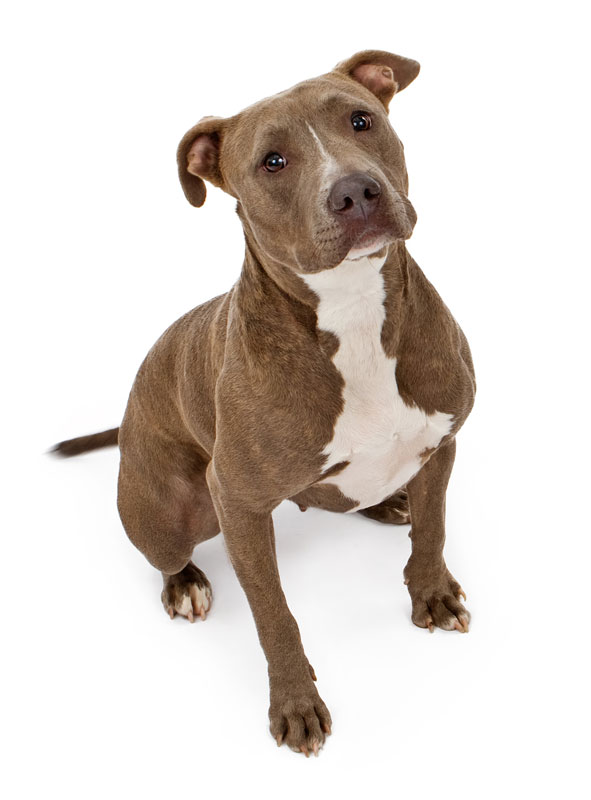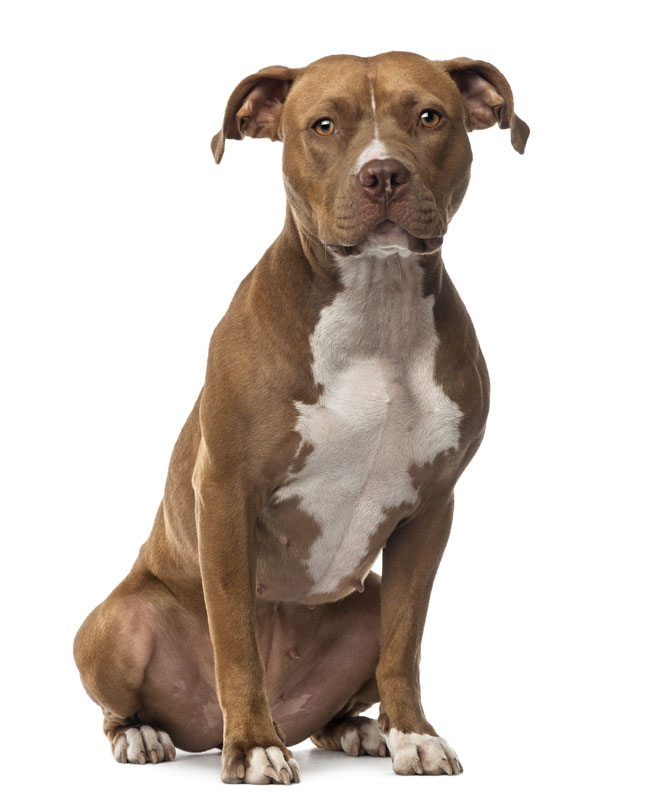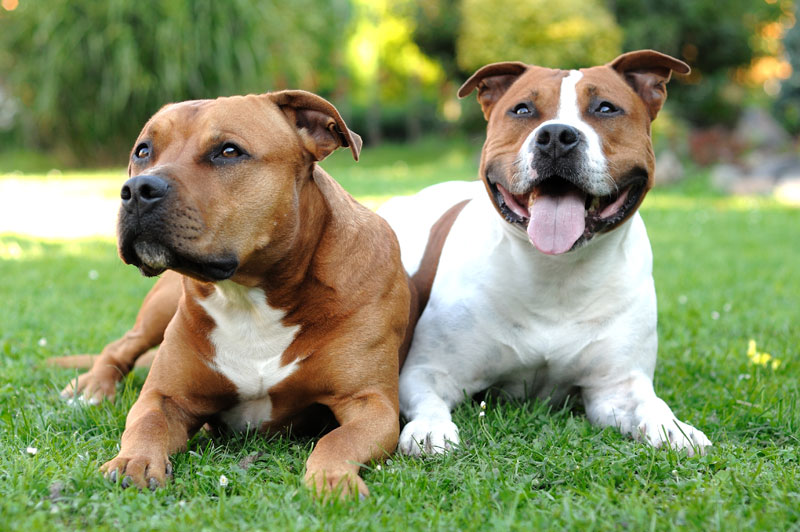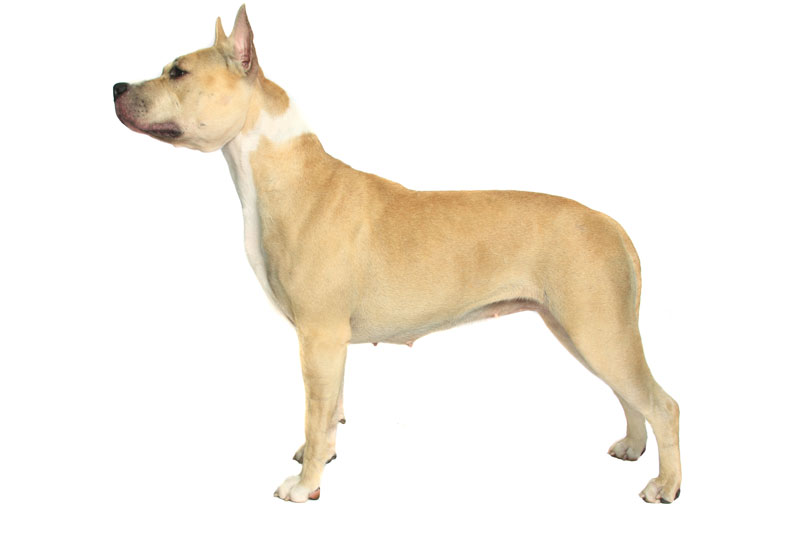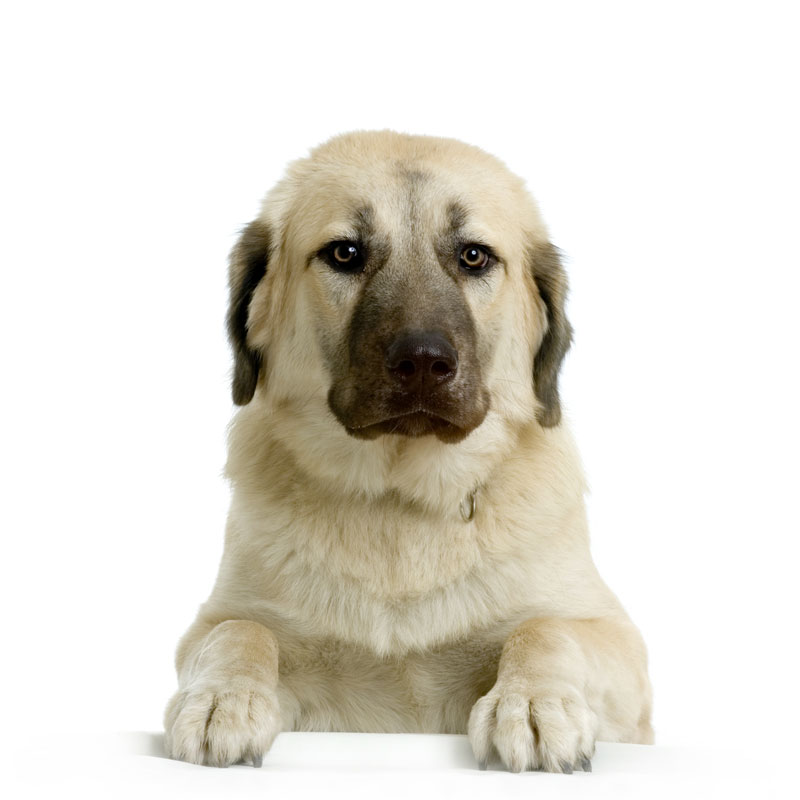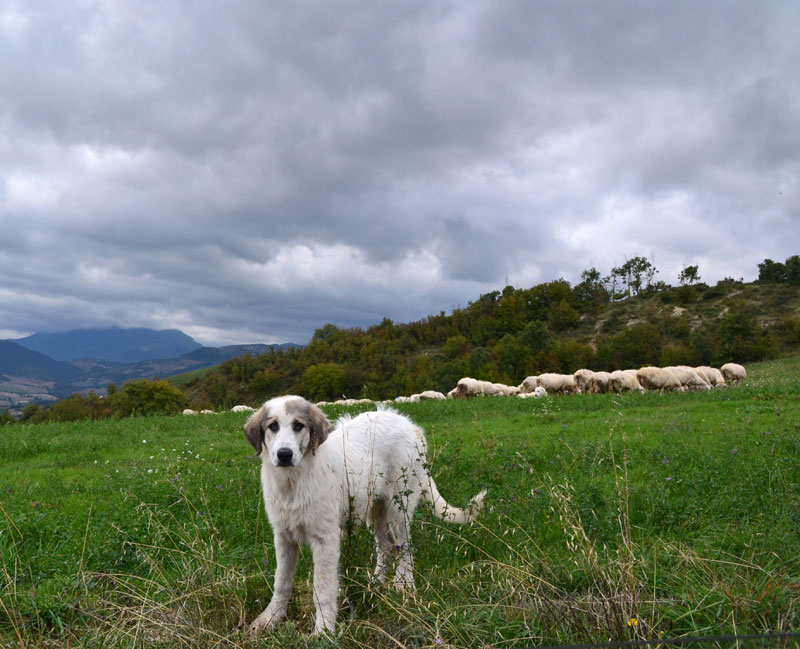Super User
American Foxhound
The American Foxhound is a dog breed that is a cousin of the English Foxhound. They are scent hounds, bred to hunt foxes by scent.
History
In 1650, Robert Brooke sailed to Crown Colony in North America with his pack of hunting dogs, which were the root of several strains of American Hounds. These dogs remained in the Brooke family for nearly 300 years. George Washington received French Foxhounds, Grand Bleu de Gascogne, (which look much like an American Bluetick Coonhound) as a gift from the Marquis de Gilbert du Motier, marquis de Lafayette. Many of the dogs Washington kept were descended from Brooke's, and when crossed with the French hounds, helped to create the present day American Foxhound. The American Foxhound is known to originate from the states of Maryland and Virginia, and is the state dog of Virginia. Though there has long been a rumor that the new breed was originally used for hunting Indigenous peoples of the Americas, this is not true. The breed was developed by landed gentry purely for the sport of hunting foxes. With the importation (or migration) of the red fox, Irish Foxhounds were added to the lines, to increase speed and stamina in the dog, qualities still prevalent in today's dogs. One quality that the American Foxhound is famous for is its musical howl that can be heard for miles. This is actually one reason that this breed does not do well in city settings. The breed was first recognized by the American Kennel Club in 1886. Today, there are many different strains of American Foxhound, including Walker, Calhoun, Goodman, Trigg Hound, July and Penn-Marydel. Though each strain looks quite different, they are all recognized as members of the same breed. Most show hounds are Walkers, many of the pack hounds (used with hunting foxes on horseback) are Penn-Marydel and hunters use a variety of strains to suit their hunting style and quarry.
Health
This breed is not generally a breed that carries genetic disorders. However they can easily become overweight if being overfed. A minor health risk in American Foxhounds is thrombocytopathy or platelet disease. This comes from poorly functioning blood platelets and can result in excessive bleeding from minor bumps or cuts. The treatment is usually based on the severity of the disease. Owners will often have their American Foxhounds undergo blood tests so that the condition can be caught early on. While dysplasia was largely unknown in Foxhounds, it is beginning to crop up occasionally, along with some eye issues. It is not typical or customary for Foxhound breeders to screen for any hereditary disorders at this time. The breed's lifespan is generally 10–12 years. The American Foxhound is an energetic breed. According to some veterinarians and trainers, it needs plenty of exercise, for example, a fairly long walk followed by a game of fetch (game).
American Hairless Terrier
The American Hairless Terrier is a breed of dog that was formerly considered a variant of Rat Terrier. As of January 1, 2004, the United Kennel Club deemed the AHT a separate terrier dog breed. An intelligent, social and energetic working breed, the American Hairless Terrier is often listed as a potential good breed choice for allergy sufferers.
History
The American Hairless Terrier's American ancestry begins with the mixed breed terriers called Feists brought from Europe to the North America as early as the 18th century. In the late 1800s the Rat Terrier breed was developed from the Feist by the addition of
Beagle, Italian Greyhound and Miniature Pinscher bloodlines.The distinct American Hairless Terrier breed began in 1972 when one hairless puppy named Josephine appeared in a Rat Terrier litter in the state of Louisiana, United States. Owners Edwin and Willie Scott liked the dog's look and temperament, and upon maturity bred her hoping to reproduce the hairless quality. They were eventually successful; a litter produced in 1981 provided the foundation stock of the breed.
Breed recognition
In 1998, the breed gained recognition as the American Hairless Terrier (AHT) by the American Rare Breeds Association and the National Rat Terrier Club. Canada was the first country outside the US to gain recognition, by Canadian Rarities in 1999. In 1999, the breed was recognized as Rat Terrier, Hairless Variety by the United Kennel Club.In the US, the American Hairless Terrier Association is the provisional breed club. Other national breed clubs around the world include the and the Japanese Hairless American Terrier Club.On January 1, 2004, the United Kennel Club (UKC) recognized the AHT as a distinct breed.The American Kennel Club (AKC) also includes the AHT within its Foundation Stock Series and allows them to participate in AKC Performance events and in Open shows.Despite its smaller size, the AHT is not a toy breed. Rather, like its Rat Terrier cousin, the AHT is a working breed.
American Pit Bull Terrier
The American Pit Bull Terrier (APBT) is a medium-sized, solidly built, short haired dog whose early ancestors came from England and Ireland. It is a member of the molosser breed group. The American Staffordshire Terrier and The American Pit Bull Terrier (APBT) by breed are from the same lineage; Staffordshires was the name given by American Kennel Club (AKC), and American Pit Bull Terriers by United Kennel Club (UKC). The real difference between the two breeds is 6–8" in height and 25–35 lb in weight; the American Staffordshire Terrier being the larger of the two.The dog was bred first to bait bulls and bears. When bear-baiting and bull-baiting were deemed inhumane, rat-baiting and dog fighting became more popular. The APBT Breed was used in both sports, and its prevalence in being put in pits with rats or other dogs led to "pit" being added to its name.The American Pit Bull is medium-sized, and has a short coat and smooth well-defined muscle structure. Its eyes are round to almond shaped, and its ears are small to medium in length and can be natural or cropped. The tail is slightly thick and tapers to a point. The coat is glossy, smooth, short, and stiff to the touch. The accepted coat color can vary widely, but, both the AKC and UKC do not recognize merle coloring.Twelve countries in Europe, as well as Australia, Canada, Ecuador, Malaysia, New Zealand, Puerto Rico, Singapore, and Venezuela have enacted some form of breed-specific legislation on pit bull-type dogs, including American Pit Bull Terriers, ranging from outright bans to restrictions and conditions on ownership. The state of New South Wales in Australia places restrictions on the breed, including mandatory sterilization. The breed is banned in the United Kingdom, the Canadian province of Ontario, and few counties and cities in the United States.
American Shorthair
The American Shorthair (ASH) is a breed of domestic cat believed to be descended from European cats brought to North America by early settlers to protect valuable cargo from mice and rats, there are not a great variety of mixed breeds with American Short Hair heritage. According to the Cat Fancier's Association, in 2012, it was the 7th most popular breed of cat in the United States.
History
When settlers sailed from Europe to North America, they carried cats on board – ships' cats – to protect the stores from mice. For instance the cats that came over on the Mayflower with the Pilgrims to hunt rats on the ship and in the colony. Many of these cats landed in the New World, interbred, and developed special characteristics to help them cope with their new life and climate. Early in the 20th century, a selective breeding program was established to develop the best qualities of these cats.The American Shorthair is a pedigreed cat breed, with a strict conformation standard, as set by cat fanciers of the breed and the North American Cat fancy associations such as The International Cat Association (TICA) The breed is accepted by all North American cat registries. Originally known as the Domestic Shorthair, the breed was renamed in 1966 to the "American Shorthair" to better represent its "all-American" origins and to differentiate it from other shorthaired breeds. The name "American Shorthair" also reinforces the fact that the breed is a pedigreed breed distinct from the random-bred non-pedigreed domestic short-haired cats in North America, which may nevertheless resemble the ASH. Both the American Shorthair breed and the random-bred cats from which the breed is derived are sometimes called "working cats" because they were used for controlling rodent populations, e.g. on ships and farms.
American Staffordshire Terrier
The American Staffordshire terrier also known as Amstaff is a medium-sized, short-coated American dog breed. In the early part of the twentieth century the breed gained social stature and was accepted by the American Kennel Club as the American Staffordshire Terrier in 1936. The name was changed to reflect difference from the Staffordshire Bull Terrier of England.
American Water Spaniel
The American Water Spaniel, (often abbreviated to AWS), is a breed of spaniel which is one of a small number of breeds originating in the United States. Developed in the state of Wisconsin during the 19th century from a number of other breeds, including the Irish Water Spaniel and English Water Spaniels. The breed was saved by Dr. Fred J. Pfeifer, who set up the Breed club and Breed standard (dogs), and whose work led to recognition for the breed by the United Kennel Club, and later, the American Kennel Club. While they are the U.S. state dogs of Wisconsin, they remain a rare breed.They are medium sized dog, and have a double layered coat, which comes in a variety of brown related shades. A versatile hunting dog, they are also suitable for apartment life due to work by breeders to develop a breed with an even temperament. The AWS may have been involved in the development of the Boykin Spaniel.
History
Developed in the United States, the American Water Spaniel originated in the areas along the Fox River (Wisconsin) and its tributary the Wolf River (Fox River) during the early 19th century. Hunters needed a dog that could operate in both land and water for a variety of game whilst being compact enough to be transported in a small rowboat and able to stand the native cold water temperatures. Breeds involved in the creation of the American Water Spaniel are thought to have included the English Water Spaniel, Irish Water Spaniel, Curly Coated Retriever, and either the Sussex Spaniel or a type of field spaniel.Over the years however, the numbers of the breed began to dwindle due both to a reduction in the duck population through those valley areas, and because of a switch in hunting – from a means to gather food for survival to that of recreation. Additionally, following World War II, Prior to recognition by the AKC, the breed had not been shown in the Conformation show ring before.The breed has links to the Boykin Spaniel, and is thought to have been the main breed used to develop the Boykin. The differences between the Boykin and the AWS are negligible with some dog historians suggesting that the original Boykin, called "Dumpy", who was found on the streets of Spartanburg, South Carolina, was actually an American Water Spaniel who had been misplaced in transit. However the breed clubs for the Boykin do not agree with this account. The American Water Spaniel remains a rare breed. During 1998 only 233 puppies were registered with the AKC, with an estimated 3,000 dogs being in existence mostly around the Midwestern United States, The dogs are not classified specifically as either retrievers or as spaniels and so may not compete in AKC hunt tests or field trials, but may compete in retriever hunting tests sponsored by the AWSC, the breed club in the United States. In a vote held of members of the AWSC in 1999, they chose to keep the breed unclassified.The coat has a coarse outside layer which keeps water away and protects the dog from foliage such as briers. The inside layer provides insulation to keep the dog warm. The coat has an oily feel to it, which gives off a "doggy smell". The breed standard specifies color of the eyes should harmonize with the color of the coat, and should never be yellow. The skull is broad, and carries long, wide ears.
Health
Pack breeding early in its development led to a level of genetic variation, so the hereditary conditions of more popular breeds are not common in the AWS. The breed however is known to suffer from eye issues including cataracts and progressive retinal atrophy. The hair loss occurs at around six months of age, affecting the neck, thighs and tail; however the frequency has been reduced through work conducted by the breed clubs. Hip dysplasia (canine) is seen in around 8.3% of the breed, according to surveys conducted by the Orthopedic Foundation for Animals over a twenty five year period between 1974 and 1999. This was one of the lower results of the sporting breeds, with Greyhounds coming lowest with 3.4%, and the related Boykin Spaniel coming in second highest at 47%. There was no evidence of elbow dysplasia found. The breed has an average life span of 10–13 years.
American Wirehair
The American Wirehair is a cat breed originating in the United States. As of 2003, though the breed is well-known, it is ranked as the most rare of the 41 Cat Fanciers' Association breeds, with only 22 registered, down from 39 in 2002.
History
The American Wirehair is a spontaneous mutation of the American Shorthair. It first occurred as a random mutation among a litter of five born to a pair of barn cats in 1966 in Vernon, in upstate New York. This single red-and-white male had wiry fur. The owner of the cats called a local breeder of Rex cats, Mrs. Joan O'Shea, to take a look at the kitten. She bought the kitten for $50, along with one of his normal-coated female littermates, to start a breeding program. The wirehaired male was named Adam, and the female Tip-Top.Breeding between the two produced wirehaired kittens, many of which were sold off to other interested breeders. As the population grew, cats were exported to Canada, and Germany where they are especially popular. The breed did well, and in 1967 it was recognized by the CFA, and in 1978, it was accepted for championship competition.
Anatolian Shepherd
The Anatolian Shepherd Dog (Turkish: Anadolu çoban köpeği) is a breed of dog which originated in Anatolia (central Turkey) and was further developed as a breed in America. It is rugged, large and very strong; with superior sight and hearing allowing it to protect livestock. With its high speed and agility it is able to run down a predator with great efficiency. American Kennel Club classifies as working dog, The Kennel Club classifies as shepherd dog and Fédération Cynologique Internationale classifies as molossus/mountain dog #331 (group 2 part 2.2)
History
The Karabaş (Blackhead) is descended from ancient livestock guardian dog types that migrated with the transhumance, guarding flocks of sheep from wolves, bears, lions, tigers, leopards, jackals, and even cheetahs. It is probable that dogs of this type existed 6,000 years ago in what is now Turkey. Anatolian Shepherd Dogs are members of a very old breed, probably descended from powerful hunting dogs from Mesopotamia. The breed was developed over time to meet a specific set of circumstances. The most formative were climate (very hot, dry summers and very cold winters), lifestyle (sedentary, semi-nomadic and nomadic) and duties (guarding flocks moving great distances on the Central Anatolian Plateau).
In the 1970s, breeders in the West became interested in these dogs and began developing the landrace natural breeds as modern breeds by documenting their descent from particular ancestors and writing breed standards. The Anatolian Shepherd Dog was imported from central Turkey into the United Kingdom by author and archaeologist Charmian Hussey. Although the first pair of dogs brought in by: Roger Fanti Sr. they were Karabash (aka Kangal) dogs, later other types of dogs were brought in and cross bred under the definition of an Anatolian Shepherd dog. Many Turkish breeders believe that the Anatolian Shepherd Dog is a cross of the Kangal dog and the
Health
Life span
There appears to be only one health survey of Anatolian Shepherds, done in 2004 by the UK Kennel Club. The median life span for the 23 deceased dogs (a small sample size) in the survey was 10.75 years. This is 3–4 years longer than other breeds of their size, which have median longevities of 6–8 years. The leading causes of death of the dogs in the survey were cancer (22%), "combinations" (17%), cardiac (13%), and old age (13%).
Health issues
Based on a small sample of 24 still-living dogs, the most common health issues cited by owners were dermatologic, musculoskeletal, and lipomas. Entropion and canine hip dysplasia are sometimes seen in the breed. Eyes and hips should be tested before breeding.
Anglo-Français de Petite Vénerie
The Anglo-Français de Petite Vénerie is a medium-sized breed of dog used in hunting as a scenthound, usually in packs. It is one of the Anglo-French hound breeds which were created by crossing French scenthounds with English (Anglo) foxhounds. The name Petite Vénerie does not mean that dogs of the breed are petite or small, but rather that it is used to hunt small game.
Arabian Mau
The Arabian Mau is a breed of domestic cat originated from the desert cat, a short-haired landrace native to the desert of the Arabian Peninsula, which lives there in the streets and has adapted very well to the extreme climate. The Arabian Mau is recognized as a formal breed by few Cat fancy and cat registry, World Cat Federation (WCF) and Middle East Cat Society (MECATS). Based on one landrace, the Arabian Mau it is a natural breed.It is medium in size, with a body structure that is rather large and firm, not particularly slender, and with well developed musculature. The legs are comparatively long, with oval paws.The head appears round, but is slightly longer than broad. The nose is slightly concave curved, when viewed in profile. The whisker pads are clearly pronounced, with a slight pinch. The chin is very firm. The eyes are slightly oval, large and slightly slanted. The cat may have any normal cat eye colour, and there is no relation between the eye and coat colors, usually Arabian Maus have bright green eyes. The ears are large, slightly forward and sideward-placed, high-set on the skull.The tail is generally of medium length and tapers slightly towards the tip.The coat is short and lying close to the body. It has no undercoat and is firm to touch. It may not be silky, but is noticeably very glossy.

